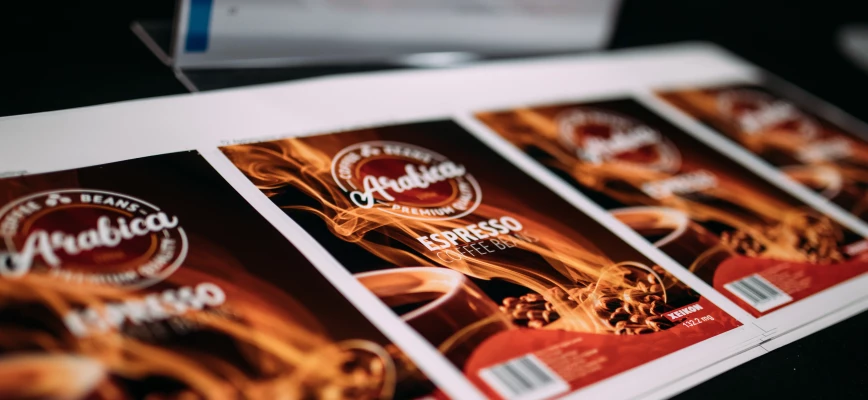25/10/2016
by Danny Mertens
As a label converter you are constantly on the lookout for ways to optimize the production process.
However, that is not all – a digital label converter literally has hundreds of options to further streamline the production process, depending on the print jobs. In this blog entry we will focus on dry toner label printing , which has been the industry’s standard in terms of quality and reliability for years.

HOW DOES DRY TONER PRINTING WORK?
Having been used for decades, dry toner electrophotography has proven its effectiveness. The process involves an OPC drum or ‘organic photo conductor drum’, which is first charged to a uniform negative potential. Next, the image to be printed is formed by the print head, transmitting light to the drum’s surface (through LED array) in those areas where the image should be, leaving the areas where the substrate should remain unexposed. In areas where the drum is exposed to light, the organic photo conductor layer becomes conductive.
As a result, a latent electrostatic image is formed, which is then ‘developed’ by depositing toner particles of the appropriate color onto the drum. The more the drum has been exposed to light, the more toner will jump to the drum (read that there is a control in varying the toner layer thickness). Then the developed image formed by the toner particles on the drum is transferred to the substrate and, finally, the remaining toner particles are removed so that the next image to be printed is not contaminated.
THE BENEFITS OF DRY TONER LABEL PRINTING
As opposed to solvent or water-based printing systems (inkjet or liquid toner), dry toner is transported through air to the substrate. This means no additional drying time to let the solvent or water evaporate. Also, unlike other digital technologies, Xeikon dry toner electrophotography can print on virtually any type of substrate without any pretreatment, yielding excellent results even on porous and structured paper stock.
This helps you save both time and money. Plus, being able to use untreated conventional substrates – the same you use today on your flexo press – means that you do not have to keep a separate stock, tidying up working capital. This makes it much more straightforward to integrate your digital label printing solution into a conventional printing environment.
In terms of quality, dry toner also has an edge over water or solvent-based printing. Because the dry toner is not absorbed by the substrate, it always achieves an optimal optical density and the dot shape and size creation are consistent, as determined by the screening.
ENVIRONMENTALLY AND OPERATOR FRIENDLY
No solvents are used during the manufacturing of our toners, nor during printing. As a result, our dry toner contains no solvents, so our presses produce no hazardous emissions of VOCs (volatile organic compounds) and no smell. The same is true for Xeikon-printed materials. Not only is this environmentally- friendly, it is also operator-friendly, which is no less important. After all, an operator’s impact on the end result should never be ignored.
FOOD APPROVED AND ODORLESS
Xeikon’s dry toners are all food-approved, meaning they comply with FDA guidelines for indirect food contact and direct contact with dry food substances that contain no oil or fat. All process colors and standard available spot colors are suitable for indirect food contact applications as well. Our dry toners are also odorless, which is a specific requirement for certain food applications, such as chocolate packaging. Our QA-I, ICE and Cheetah toners are compliant with the latest version of the Nestlé Guidance Note on Packaging Inks .
XEIKON’S DRY TONER TAKEAWAYS
Dry toner digital label printing is a great way to increase efficiency without compromising quality . Here we list some of the most striking advantages.
- -Print on virtually any label substrate, no pretreatment or coating required.
- -Avoid additional costs in warehousing and material acquisition.
- -Immaculate quality – achieve optimal optical density.
- -Using approved materials suitable for very specific applications, such as food packaging.




